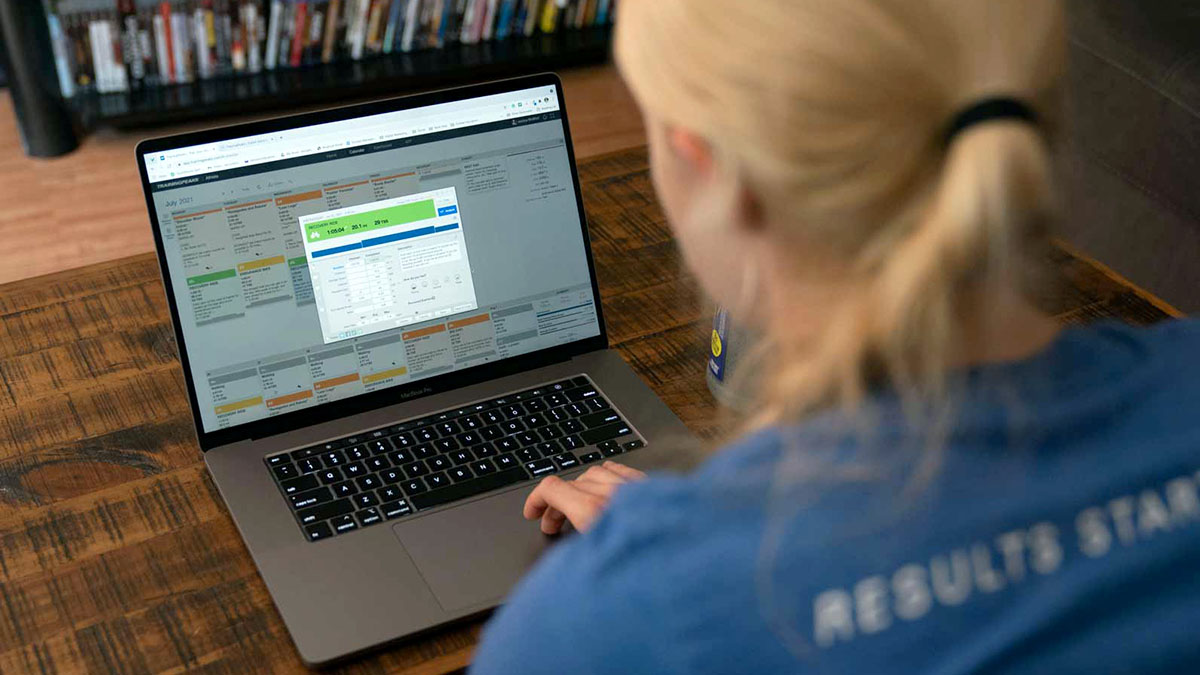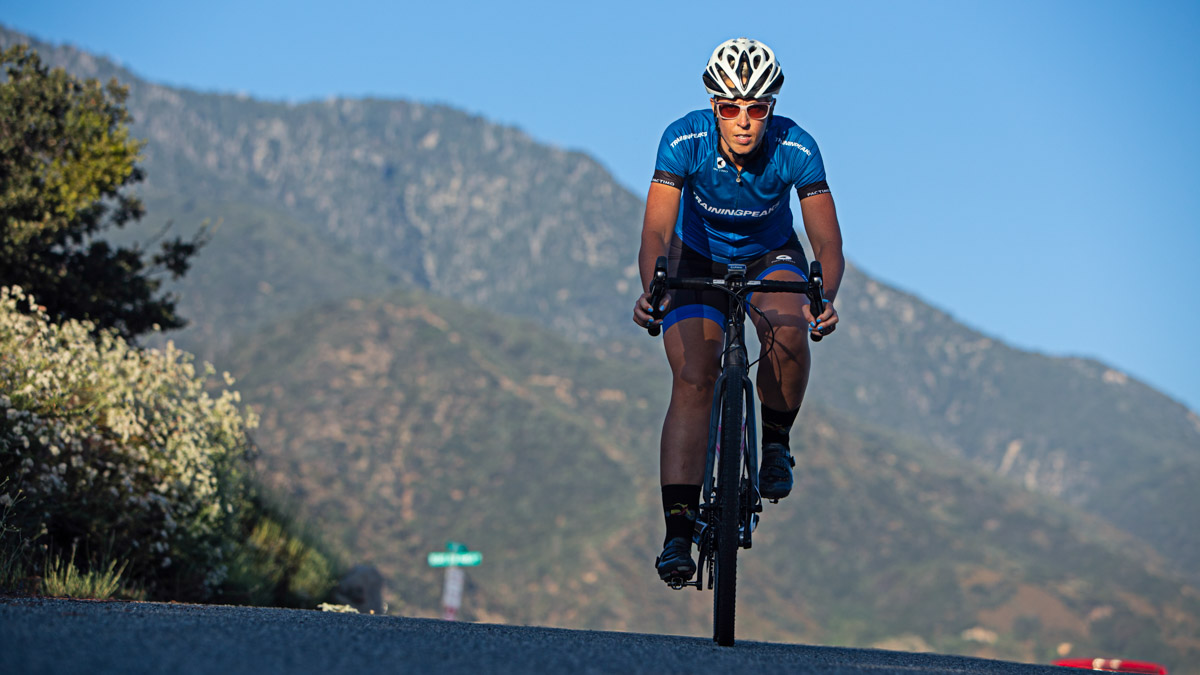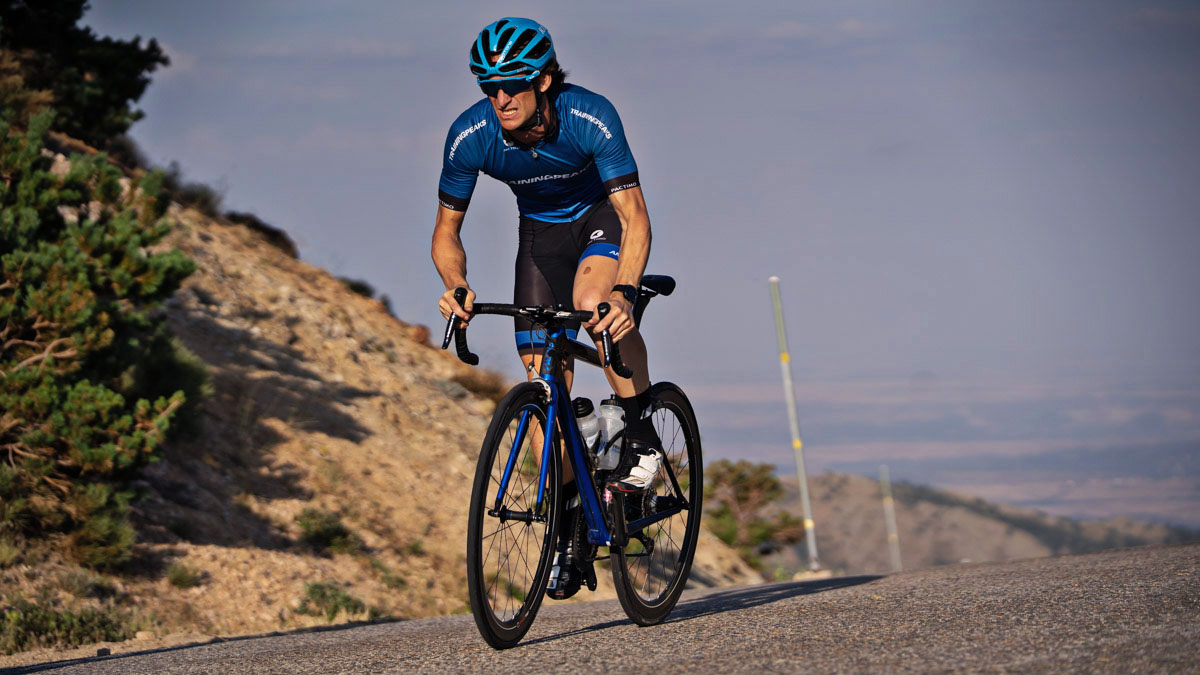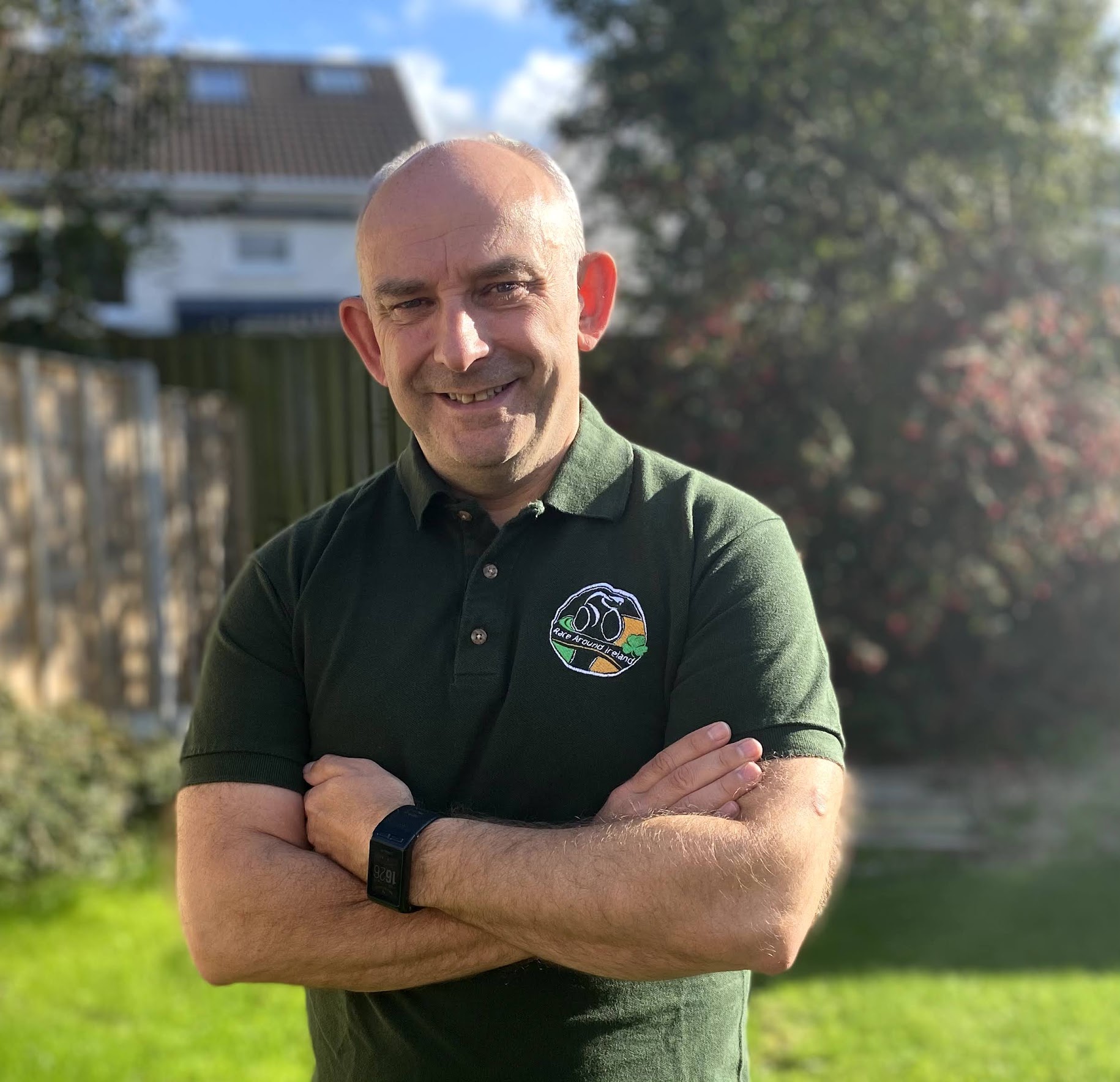For many adults racing in triathlons, open-water swimming is a necessary evil that precludes the bike and the run. Get through the swim, and then you can race. Often, this ambivalence towards the swim is founded upon the anxiety of swimming in the open water. Before we consider how to best overcome anxiety through training, let’s consider what exactly anxiety is and how we frame it.
What is anxiety?
I spoke to Dr. Mark Bellamy, who worked as a performance psychologist for GB track and field through London in 2012, and he talks about anxiety in sport here. Some fascinating principles came out of that conversation, however, I believe the most straightforward takeaway is:
“Anxiety is your body highlighting that there may be a threat and subsequently checking to ensure it can answer the question: ‘Do I have the coping resources to deal with the threat?’”
The three components of anxiety are:
- How our body feels. Anxiety can often present as sweating, elevated heart rate or feelings of anticipation. These physiological responses are the same as those associated with excitement. The key difference between the two is anxiety hinges on the negative perception we put on these feelings, while excitement is more centralized around positivity.
- What thoughts we hold. Anxiety is often considered negative due to the connotation of the thoughts around it. It is helpful to change our focus to something like productivity to resolve the issue at hand rather than dwell in the stress itself.
- The level of confidence that we possess. Confidence consists of three parts: the innate confidence we have in ourselves, our previous experience and knowledge surrounding a situation, and the external belief or support from those we care about. Therefore, to overcome anxiety, we must build our confidence in the task at hand.
What does that mean for the anxious athlete?
As triathletes, we are choosing to do an open-water swim: we choose the threat! The “threat” may be the swim in its entirety or only a part of it. Can we cope with it? Can we normalize how we feel beforehand? Can we focus on positive thoughts, and can we build our confidence?
Break it down.
If we tried to avoid anxiety, we would never leave our comfort zone and never challenge ourselves to purely protect our egos. On the other hand, if we challenge ourselves carefully, then we become more comfortable being challenged and performing when challenged. This improves our confidence in our ability.
Pre-challenge thoughts can be paralyzing. “I can’t…” is one of the most destructive. Deconstructing the enormity of a challenge into small parts makes the challenge seem manageable and helps focus the mind on process-driven thoughts to overcome the negative ones. This key is to do this process both in training and competition.
For example: wear your wetsuit in the pool and get used to how it feels. Next, head out for a short lake swim where your aim is to simply wear your wetsuit in open water, with no focus on swimming form or distance. Finally, once you’re ready, schedule an easy workout at a distance you’ve done many times in the pool and try it out in the lake. These bite-sized efforts are far easier to digest than trying to do a straight 2.5km swim, having never swum in open water or a wetsuit before.
Keep in mind, anxiety tends to peak right before a race starts. This is why sometimes athletes bail on a race right at the swim start. Do your best to prepare for these emotions and focus on what you can control: Breathing, one arm in, finishing your stroke, sight and repeat. Before you know it, you hit the first mark and then continue around the course, leaving anxiety behind you.
Now we understand what anxiety is at a psychological level and how it impacts our sport; let’s look at how we can tip the balance from anxiety toward excitement.
1. Get used to the environment.
Don’t expect to be comfortable in an unfamiliar environment. Open water swims should be all about adjusting to the environment: the temperature, the taste, the smells, the darkness, the buoyancy, the impact of currents, wind and waves etc. It may be easier to practice in a small lake first rather than launching yourself to long ocean swims. Take baby steps and recognize that due to the fact, it is open water, the environment will change, so take time to familiarize yourself with all varieties of water.
2. Practice skills.
Once you are comfortable swimming in the sea, lake or river, now is the time to work on the skills you need. In non-COVID times, this would include swimming with others and at close range. This skill, along with drafting, will be areas that everyone needs to review upon their return to normal swimming. Until then, you can practice so many race skills: sighting, turning around a buoy, beach starts, deep water starts and exits to name a few.
3. Warm up.
A warm-up is specifically designed to prepare the body and mind for the activity ahead. A couple of arm swings and jumps won’t cut it! By doing a proper warm-up (and one in the water if you can get in), you can significantly reduce your anxiety at the start of a race. That could be anything from 7-15mins of swimming to utilizing bands and cords if you can’t get into the water. You should practice this warm-up before every swim session, not just the one before your race. This will help ensure you are warmed up; you know how much time you need; and calm you down before the race as there will be a sense of familiarity and routine.
4. Adjust to temperature.
Now we have warmed up, we want to make sure our bodies are ready for the water. Cold shock is the strong physical response we feel when immersed in cold water (or just colder water than you are expecting.) It can lead to hyperventilation or, in extreme cases, death.
Before every swim, ensure you gradually get used to the water temperature. Cold water on your hands, down your wetsuit and splashed onto your face can significantly reduce the impact of cold shock. This will help you adapt to the water quickly and thus reduce the anxiety you experience at the beginning of a race.
5. Get comfortable in your wetsuit.
Many people find the swim terrifying due to the compression feeling and the struggle to put on a wetsuit. Before racing, make sure your wetsuit fits properly. It should feel tight when dry in a shop, and make sure it is right up into all the nooks and crannies (aka your groin and armpits). Baby oil can really help here, and when you put some water down your wetsuit, you can micro-adjust it a bit more and glide it into position. You can tell when a wetsuit is fitted properly and in the correct place when you can focus on moving your arms without feeling restricted. This video may help you get a better understanding of how to do this.
To Conclude
What you will realize from all these points is that you want to try and bring open water experiences into your comfort zone. You can only do that by safely challenging yourself throughout training, not on the day of your A-race. By understanding that anxiety is a familiar feeling that you will always experience before a challenge, you can learn to enjoy it as excitement, when you feel prepared and have built your confidence in your abilities. Be kind to yourself, and remember that if you aren’t feeling anxious, you aren’t racing!









